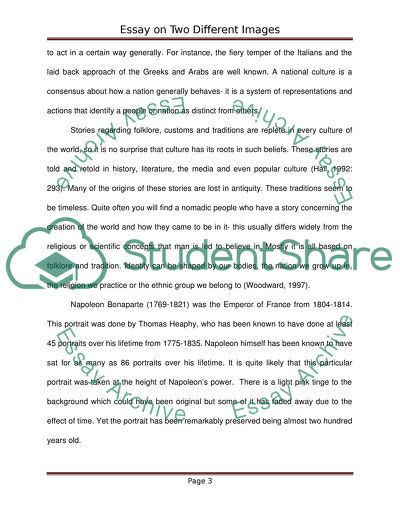Cite this document
(“Cultural Homogenization: Analysis of Two Images Essay”, n.d.)
Retrieved from https://studentshare.org/social-science/1422315-critical-reading-analysis
Retrieved from https://studentshare.org/social-science/1422315-critical-reading-analysis
(Cultural Homogenization: Analysis of Two Images Essay)
https://studentshare.org/social-science/1422315-critical-reading-analysis.
https://studentshare.org/social-science/1422315-critical-reading-analysis.
“Cultural Homogenization: Analysis of Two Images Essay”, n.d. https://studentshare.org/social-science/1422315-critical-reading-analysis.


